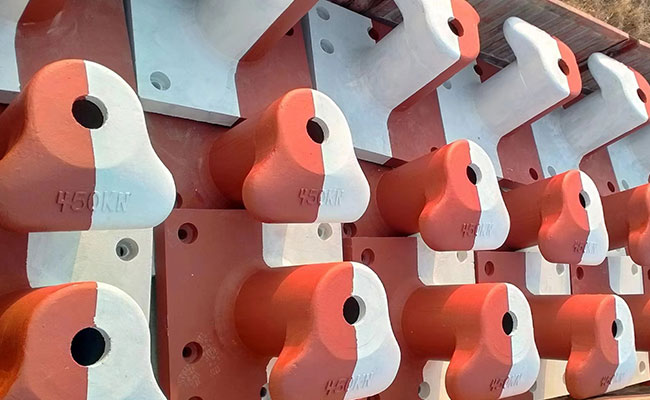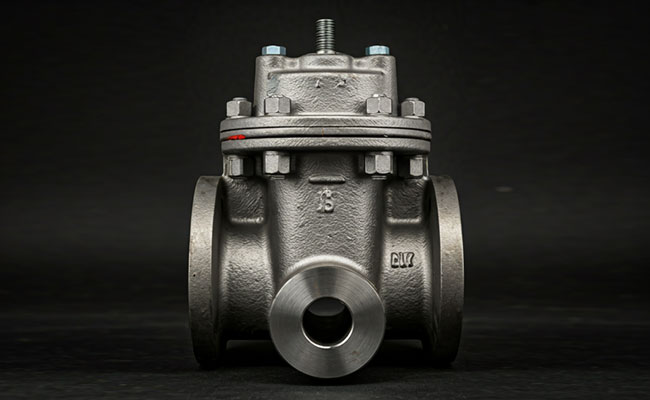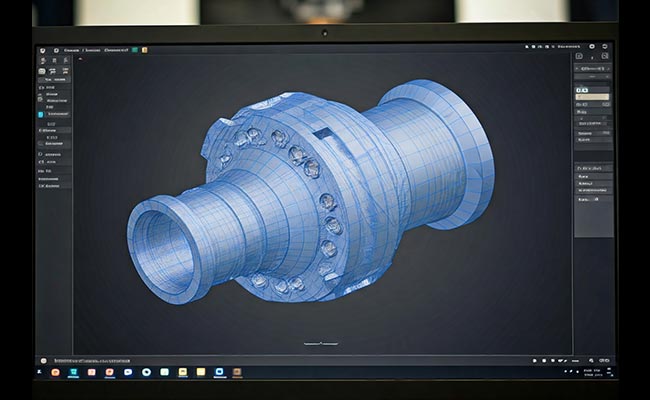
Recent Trend in Iron Casting Part II
2024-05-21
Squeeze Casting: Shaping the Future of Metal Manufacturing
2024-06-03In the bustling world of maritime transportation, where colossal vessels glide across vast oceans, the importance of safety cannot be overstated. Amidst the intricate web of maritime infrastructure, mooring bollards stand out as unsung heroes, silently ensuring the safe berthing and departure of ships in harbors worldwide. These unassuming fixtures play a critical role in securing vessels, preventing accidents, and facilitating smooth operations in ports.

A Brief Introduction
A mooring bollard, often referred to simply as a bollard, is a sturdy post fixed to a dock or quay. Its primary function is to provide a secure point to which ships can be moored, tethered, or tied up. While the basic design of bollards has remained consistent over the years – typically consisting of a thick, cylindrical post with a flared or rounded top – advancements in materials and engineering have led to the development of highly efficient and durable variants.
The Anatomy of a Bollard
Although seemingly simple, mooring bollards are meticulously engineered to withstand immense forces exerted by ships. Typically made from robust materials such as cast iron, steel, or increasingly, high-grade synthetic polymers, bollards are designed to endure harsh marine environments, including corrosive saltwater and constant exposure to the elements.
The design of a mooring bollard incorporates several key features:
Base: The base of the bollard is securely anchored to the dock or quay, providing stability and resistance against lateral and vertical forces.
Shaft: Rising from the base, the shaft of the bollard is a solid, cylindrical structure that serves as the primary point of attachment for mooring lines.
Head: At the top of the shaft lies the head of the bollard, which is typically wider than the shaft to accommodate the mooring lines. The head may feature grooves, horns, or rings to facilitate the secure wrapping and tying of ropes or cables.
The Functionality of Mooring Bollards
The importance of mooring bollards in maritime operations cannot be overstated. These unassuming fixtures serve several crucial functions:
Secure Berthing: When a ship arrives at port, mooring bollards provide the means to securely anchor the vessel to the dock, preventing it from drifting or moving due to tidal currents or wind.
Load Distribution: Mooring bollards distribute the forces exerted by a ship’s movements evenly, reducing stress on the vessel and the dock structure.
Safety: Properly moored ships are less susceptible to collisions, groundings, or other accidents, thereby enhancing safety in ports and harbors.
Facilitate Operations: Efficient mooring facilitated by bollards enables swift loading and unloading of cargo, as well as streamlined embarkation and disembarkation of passengers.
Advancements and Innovations
In recent years, advancements in materials science and engineering have led to the development of innovative mooring bollard designs. High-performance alloys, composite materials, and advanced coatings have enhanced the durability and longevity of bollards, reducing maintenance requirements and lifecycle costs.
Furthermore, the integration of smart technologies, such as sensors and monitoring systems, enables real-time assessment of mooring conditions, allowing port authorities to proactively address potential safety concerns and optimize mooring operations.
Conclusion
Mooring bollards may not garner the same attention as towering lighthouses or majestic ships, but their role in ensuring maritime safety and efficiency is indispensable. As maritime trade continues to expand and evolve, the humble mooring bollard will remain a steadfast guardian of ports and harbors, silently anchoring the maritime world in safety and stability.



